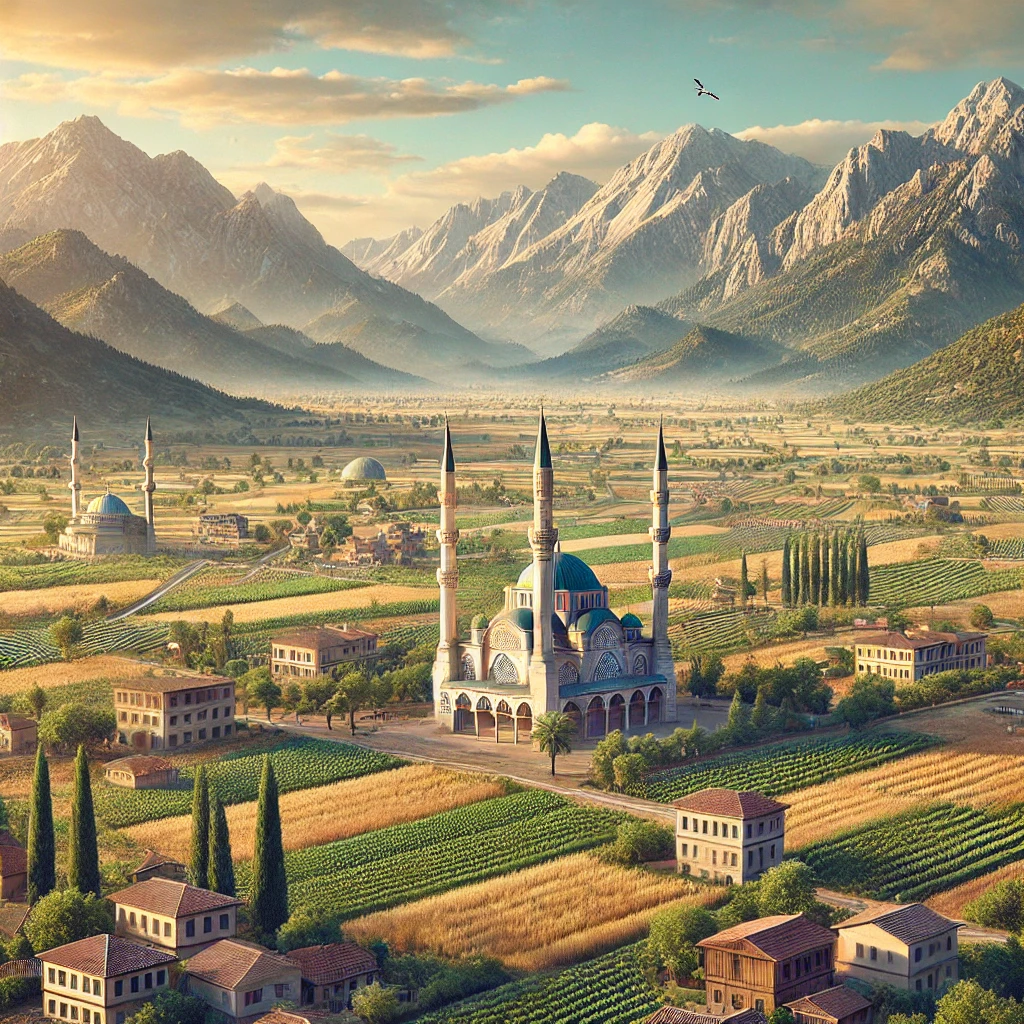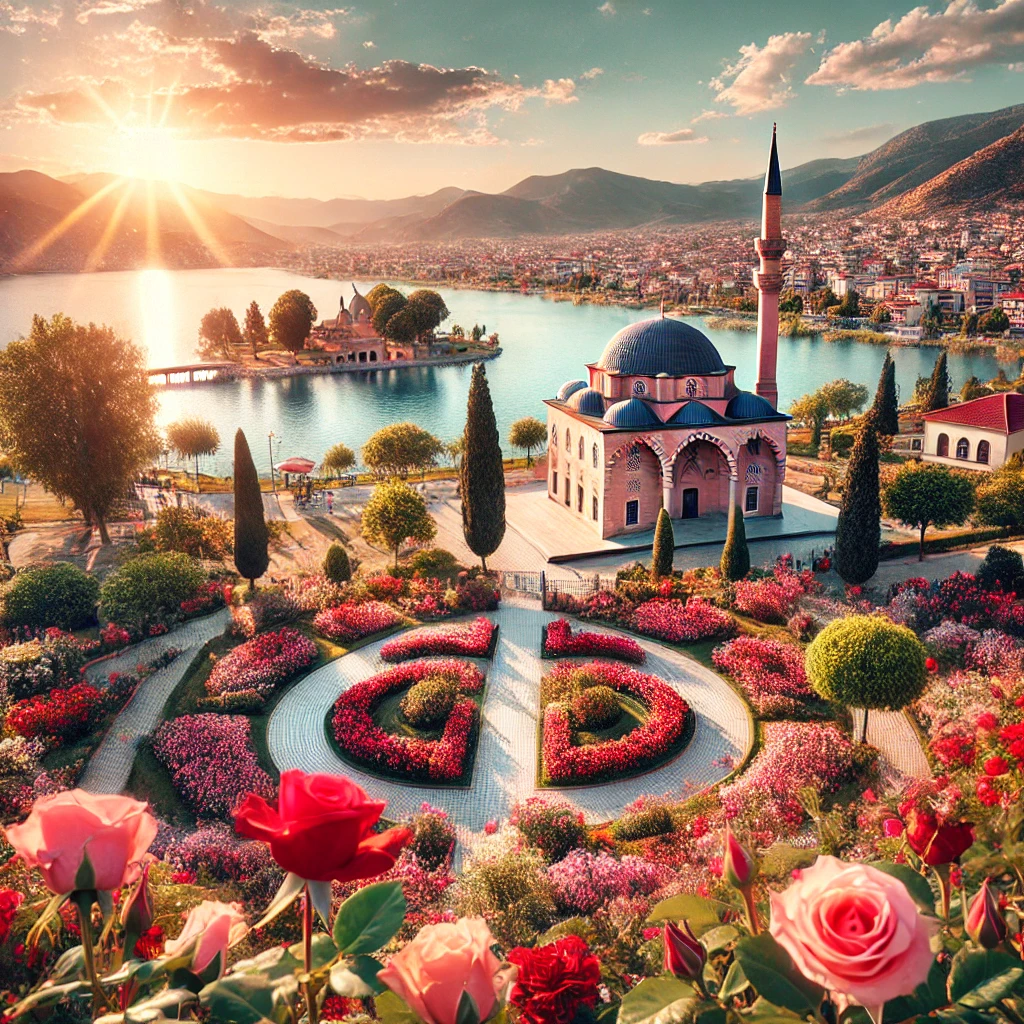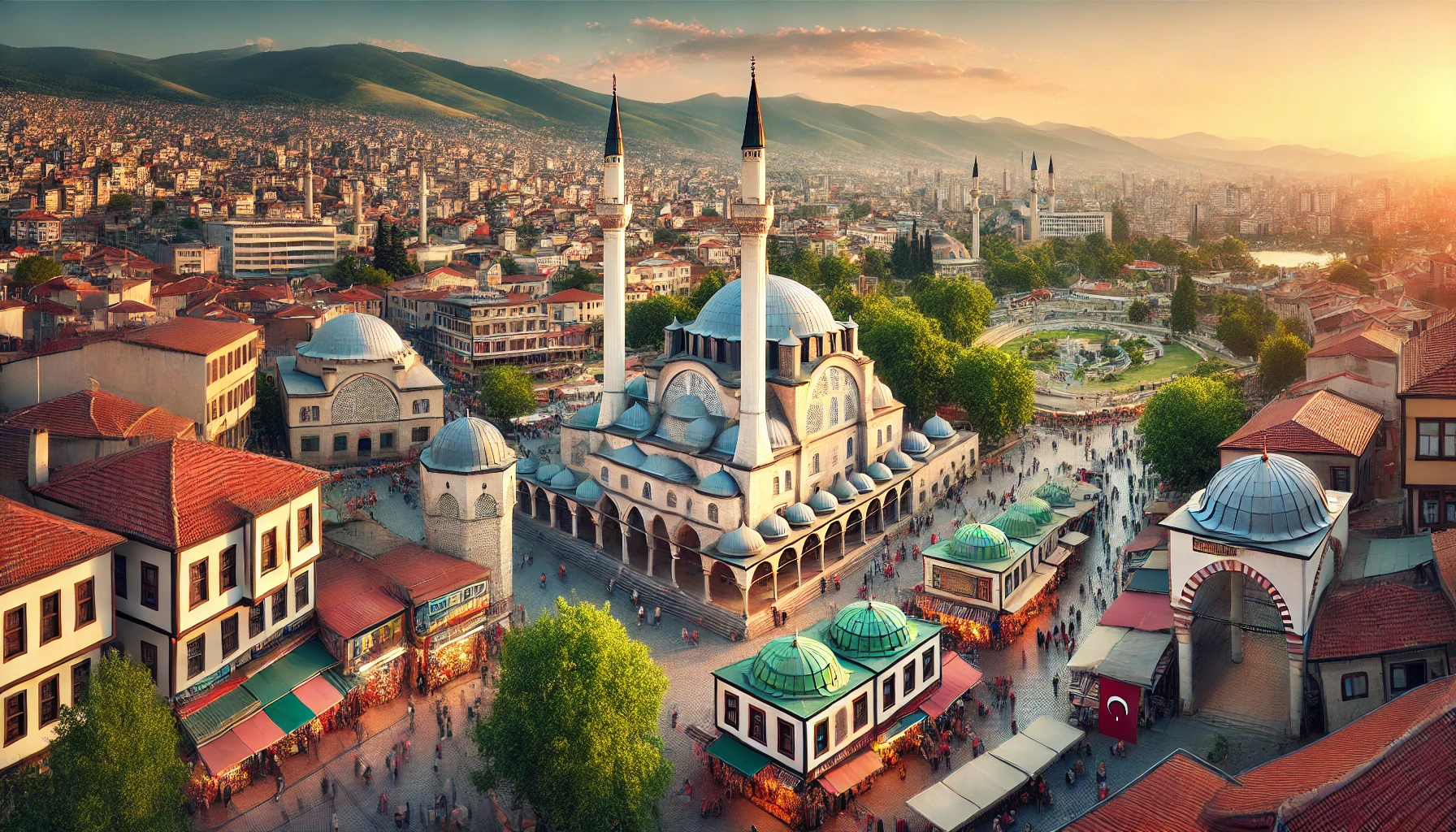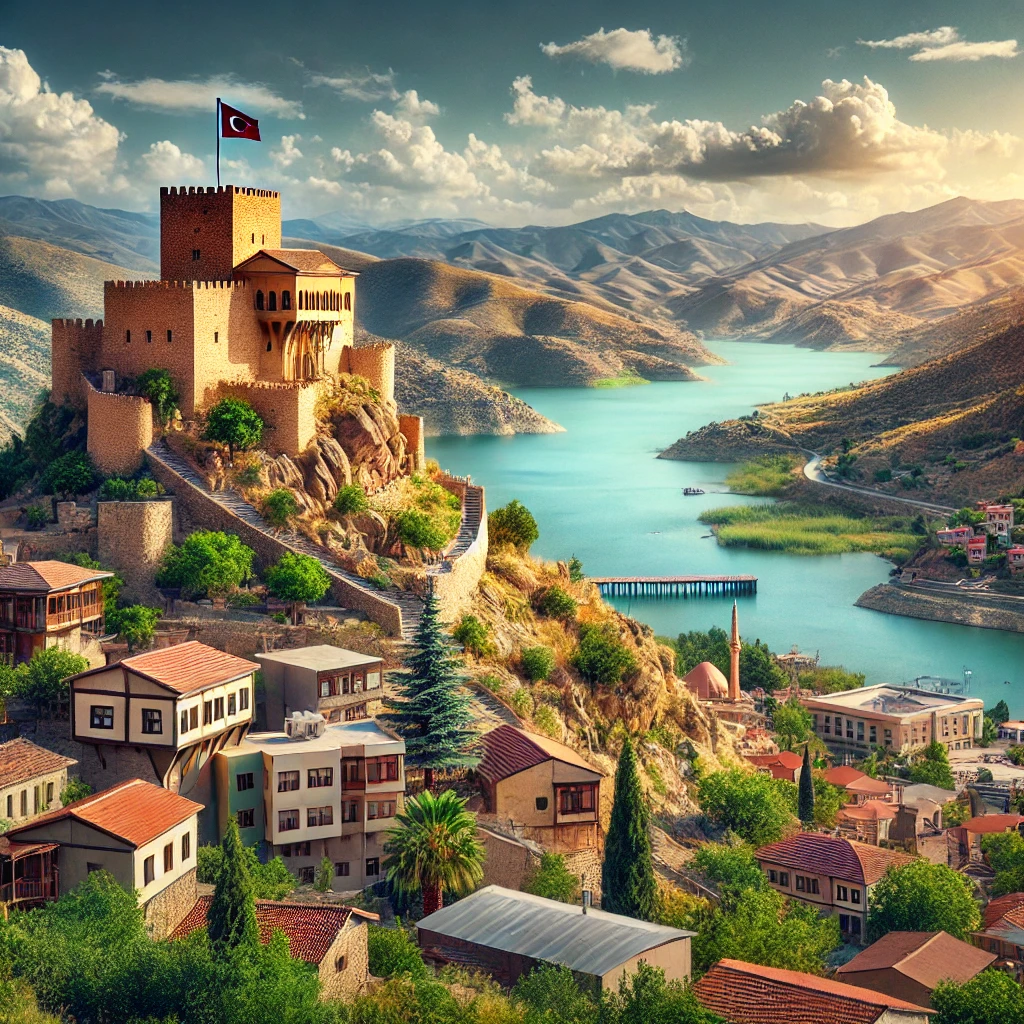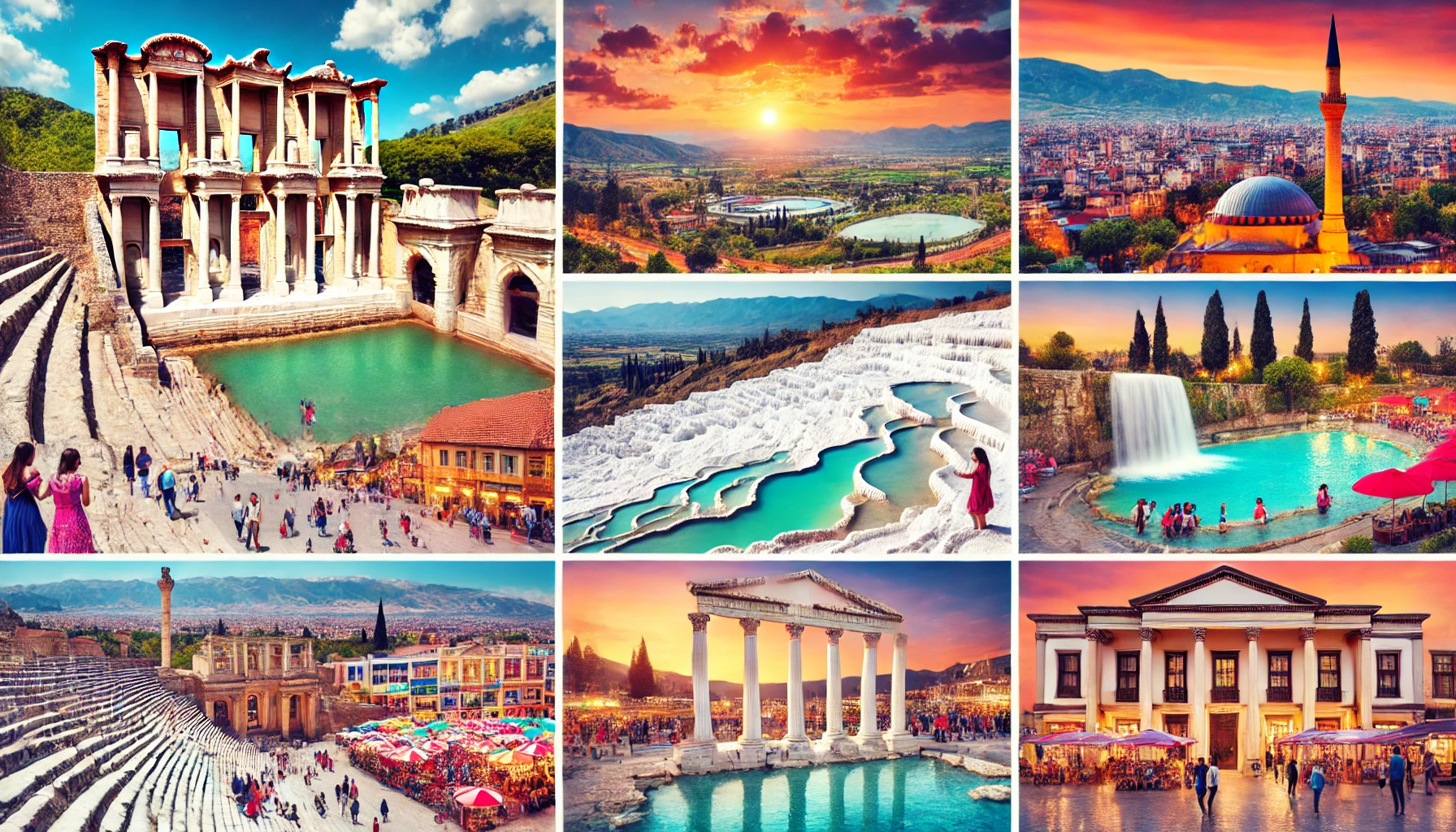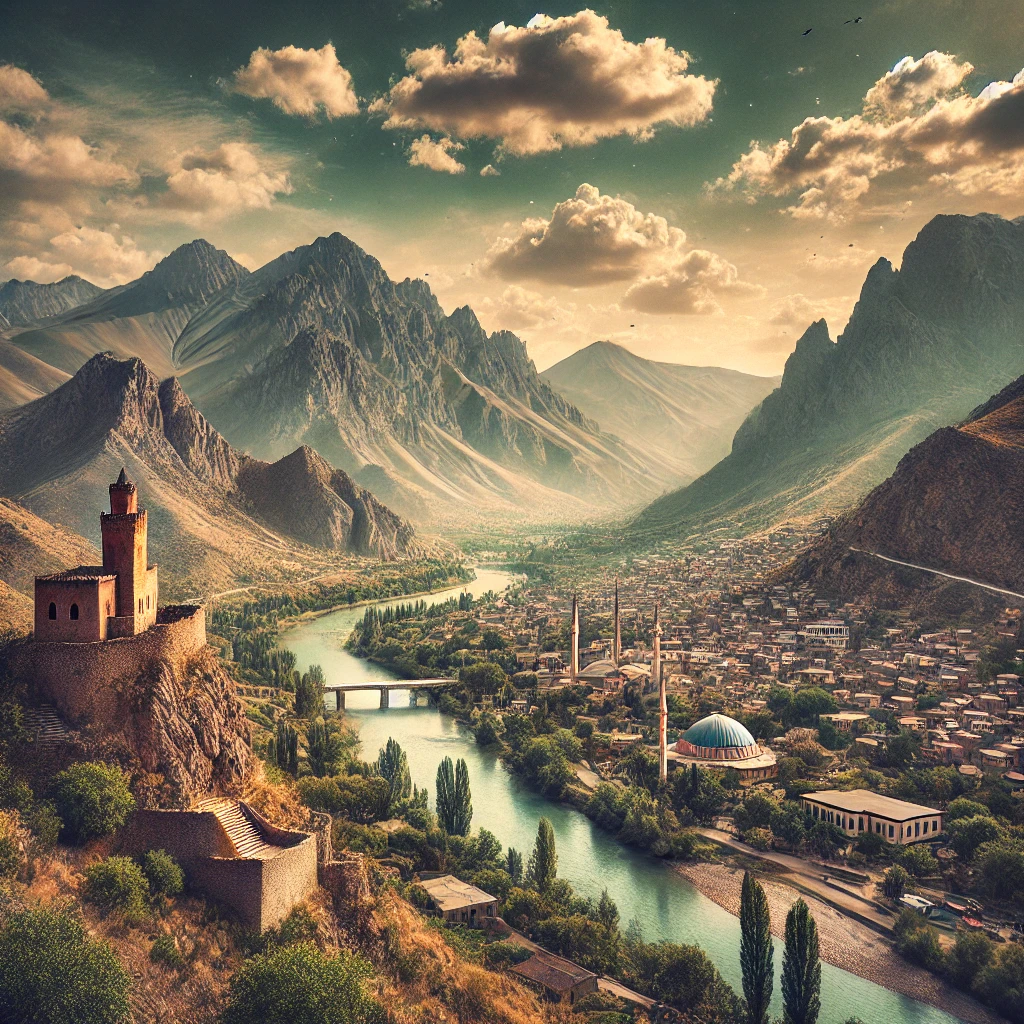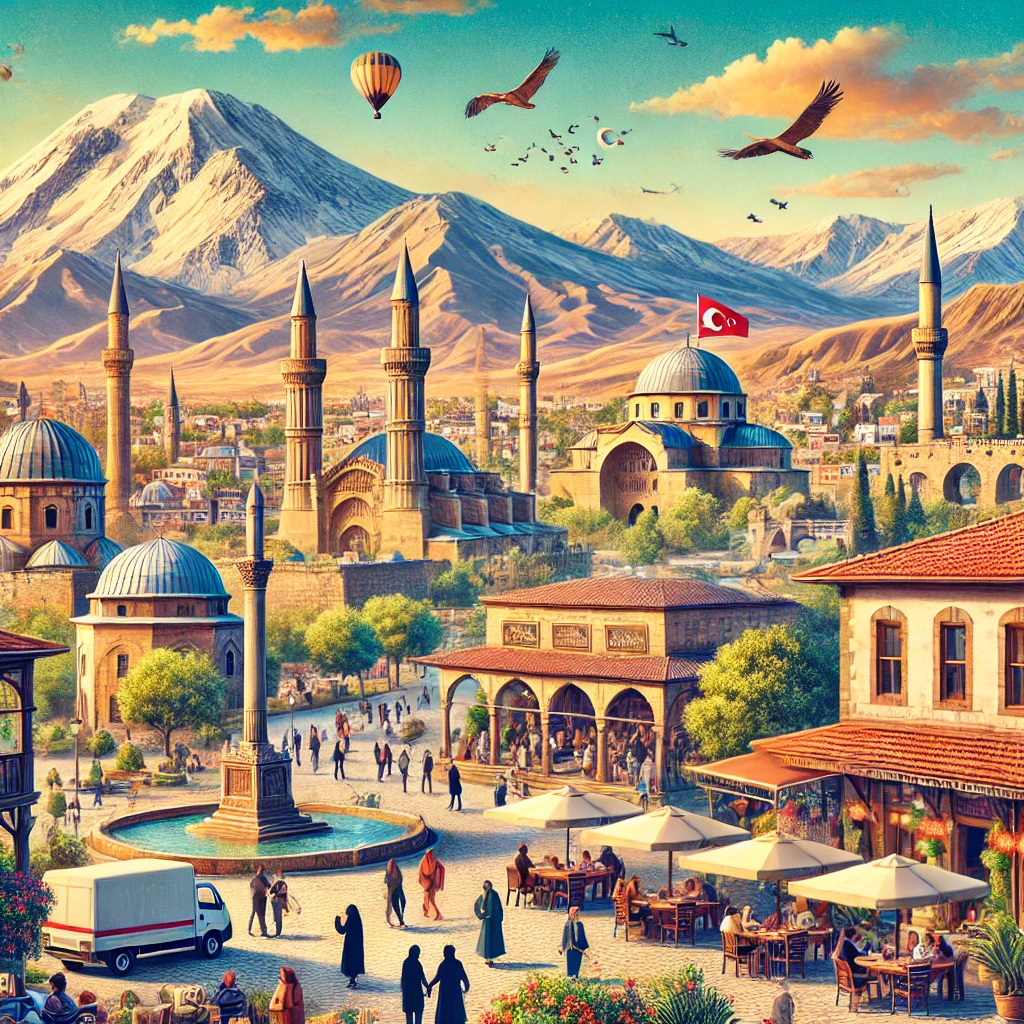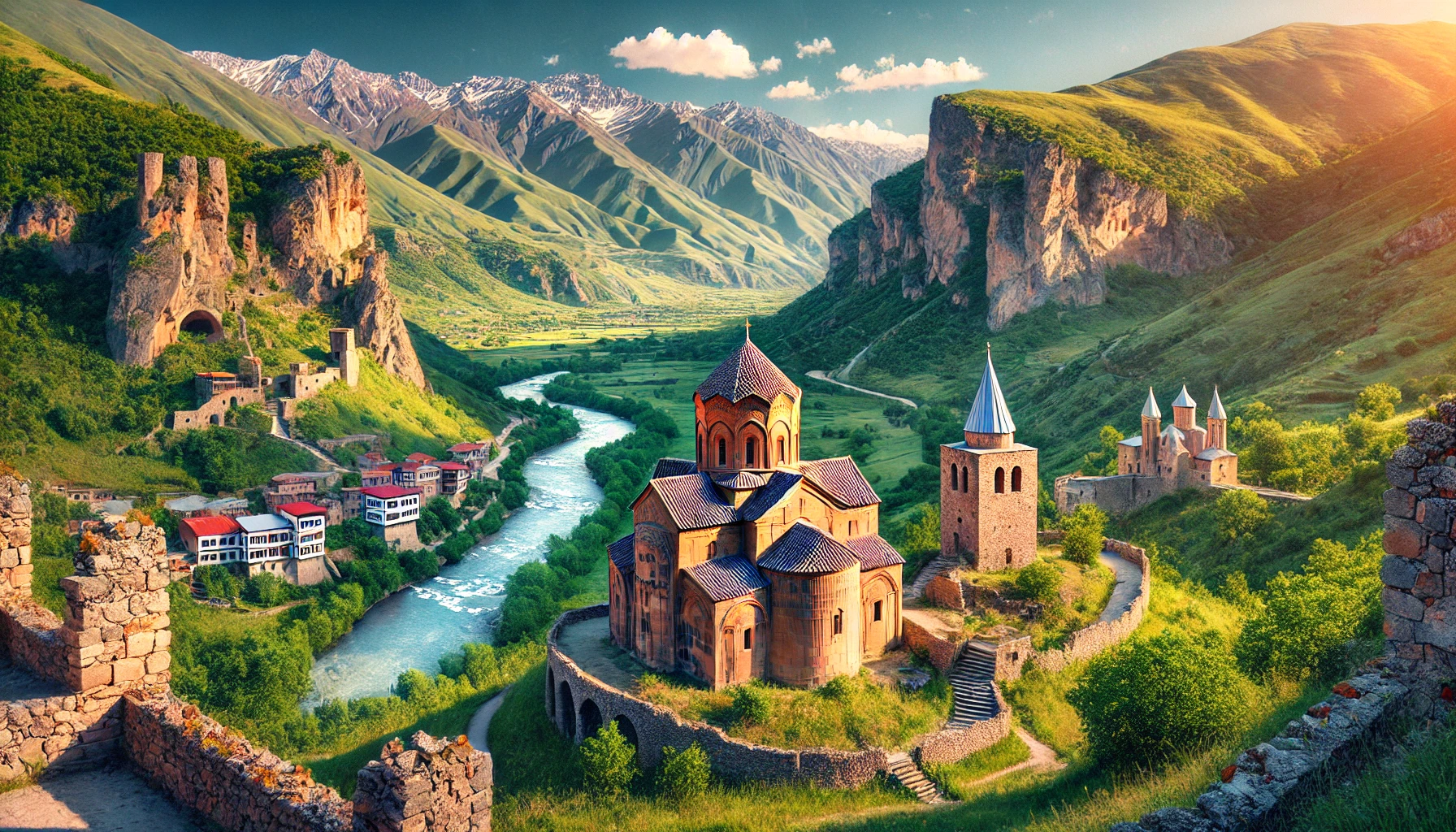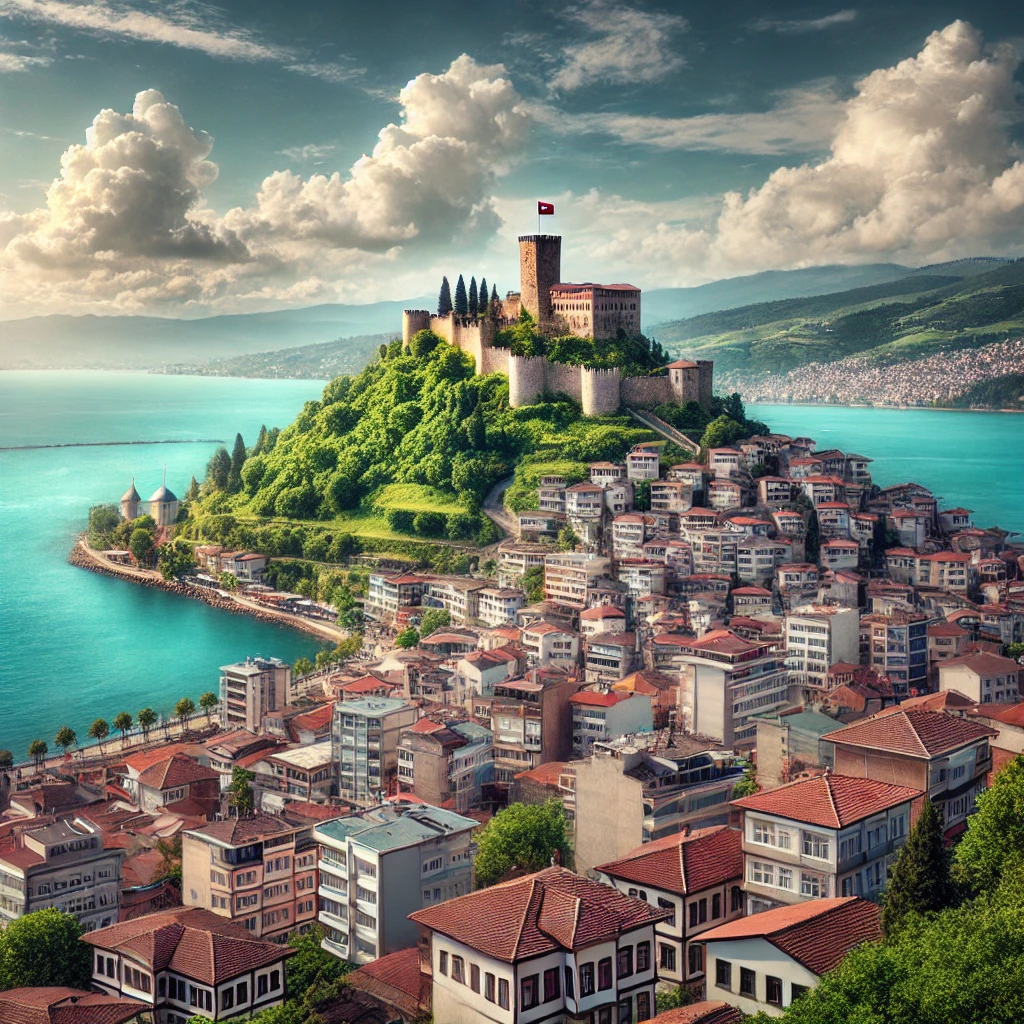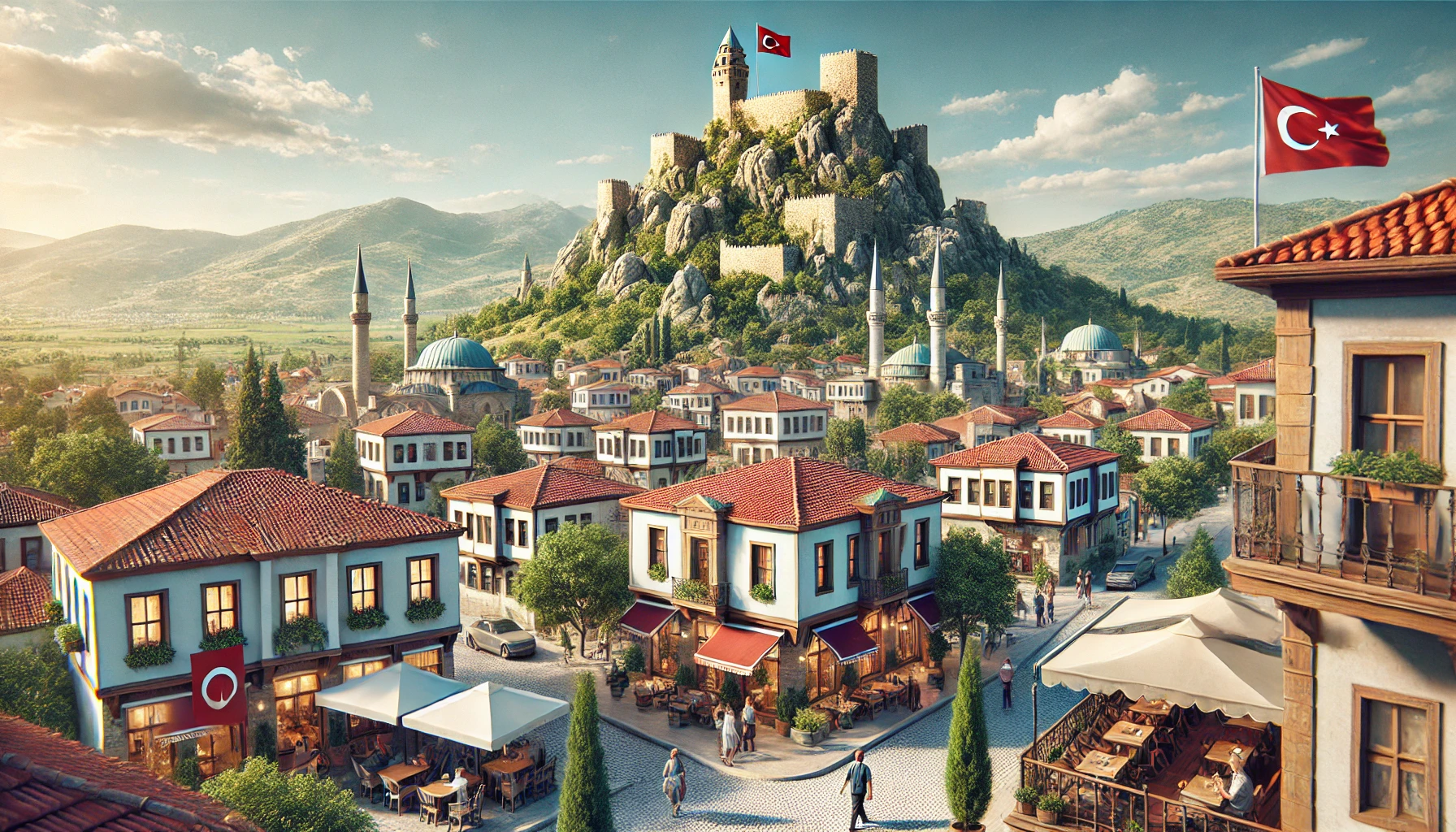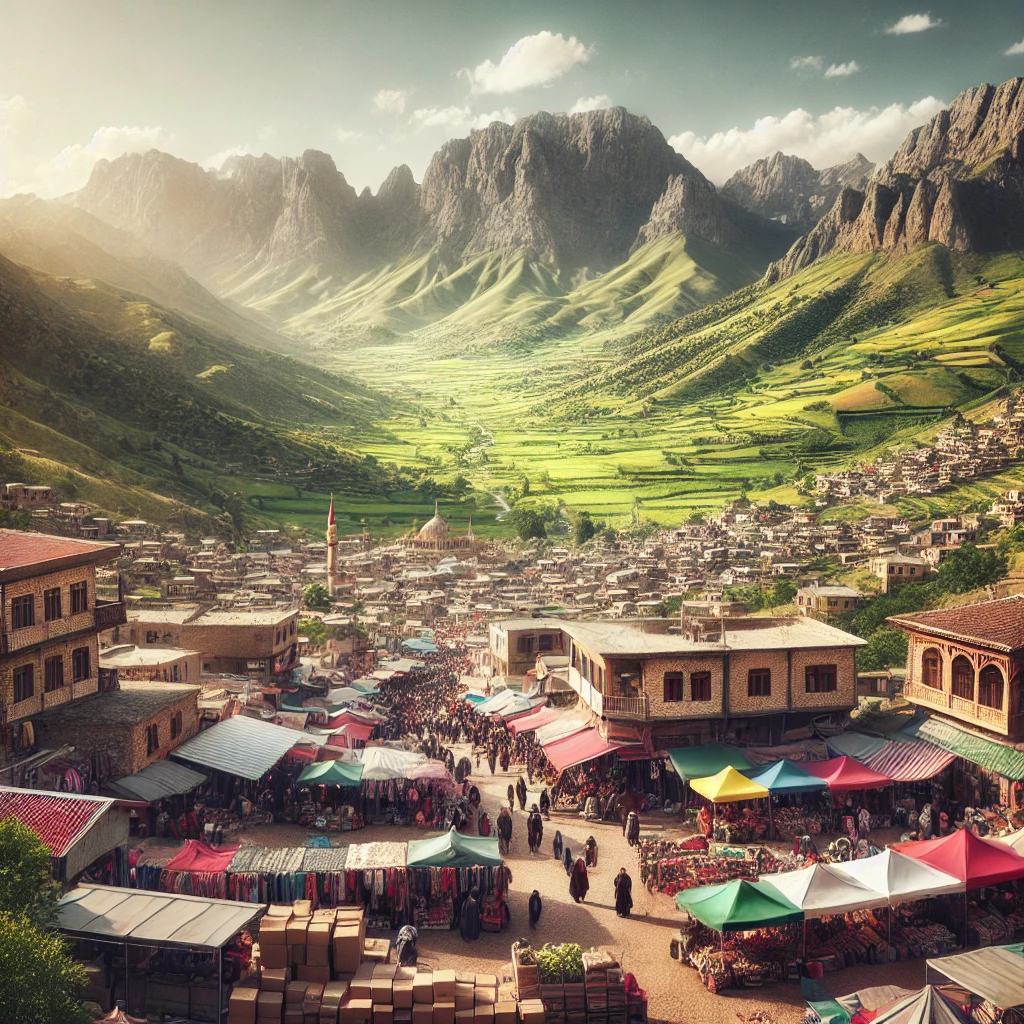Discover the Timeless Beauty of Kınık, Izmir
Introduction to Kınık, Izmir
Kınık, a district in the Izmir Province of Turkey, is a charming destination that offers a rich tapestry of history, culture, and natural beauty. Located in the northern part of Izmir, Kınık is surrounded by the districts of Bergama to the west and north, and the province of Manisa to the east and south. With a population of 28,694 as of 2022, Kınık is a small but vibrant community that traces its roots back to the Oğuz Turks and the Kınık tribe, from which it gets its name. The district is known for its historical sites, agricultural landscape, and cultural heritage, making it an ideal destination for those seeking an authentic Anatolian experience.
Historical Background of Kınık
The Origins and Historical Significance of Kınık
The district of Kınık derives its name from the Kınık tribe, one of the 24 Oğuz Turkic tribes that played a significant role in the early history of Anatolia. The region became part of the Karesi Beylik in 1306, marking the beginning of Turkish rule in the area. In 1345, Kınık was incorporated into the Ottoman Empire during the reign of Orhan Gazi, cementing its place in the rich tapestry of Ottoman history. Today, Kınık is home to several historical landmarks that reflect its storied past, including the Yıldırım Beyazıt Mosque, İbrahim Ağazade Mosque, and the six-arched aqueduct, all of which are testaments to the district’s architectural heritage.
Kınık During the Ottoman Empire
Under Ottoman rule, Kınık flourished as a center of agriculture and trade. The district’s strategic location between the Madra and Yunt Mountains provided fertile land for farming, while its proximity to major trade routes facilitated the exchange of goods and ideas. The construction of religious and civic buildings during this period further enhanced Kınık’s status as an important Ottoman settlement. The Yıldırım Beyazıt Mosque, in particular, is a notable example of early Ottoman architecture, with its intricate design and historical significance.
Geography and Climate of Kınık
Location and Natural Features
Kınık is situated 120 kilometers north of Izmir, nestled between the Madra and Yunt Mountain ranges. The district covers an area of 479 square kilometers and is characterized by its diverse topography, which includes mountains, valleys, and fertile plains. This varied landscape supports a wide range of agricultural activities, making Kınık one of the most important farming regions in Izmir Province.
Mediterranean Climate and Agricultural Richness
Kınık enjoys a Mediterranean climate, with hot, dry summers and mild, wet winters. The district receives an average annual rainfall of around 700 millimeters, which, combined with its fertile soil, makes it ideal for growing a variety of crops. Agriculture is the backbone of Kınık’s economy, with the district producing significant quantities of grains, fruits, and vegetables. The region is also known for its livestock farming, forestry, and mining activities, all of which contribute to the local economy.
Economic Activities in Kınık
Agriculture and Livestock Farming
Agriculture is the primary economic activity in Kınık, with the district’s fertile plains and favorable climate supporting the cultivation of wheat, barley, olives, and various fruits and vegetables. The district is also known for its livestock farming, with local farmers raising cattle, sheep, and goats. The combination of agriculture and livestock farming makes Kınık a vital contributor to the region’s food supply and economy.
Forestry and Mining
In addition to agriculture, Kınık has a thriving forestry and mining sector. The district’s forests provide timber and other forest products, while the mountainous areas are rich in minerals such as marble and lignite. These resources are extracted and processed locally, providing employment opportunities and contributing to the district’s economic development. The combination of natural resources and skilled labor has made Kınık a key player in Izmir’s industrial landscape.
Cultural Heritage and Attractions in Kınık
Historical Landmarks and Architectural Heritage
Kınık is home to several historical landmarks that reflect its rich cultural heritage. The Yıldırım Beyazıt Mosque, built during the early Ottoman period, is one of the most significant architectural sites in the district. The mosque’s intricate design and historical significance make it a must-visit for anyone interested in Ottoman history and architecture. Another important site is the İbrahim Ağazade Mosque, which, along with the six-arched aqueduct, showcases the district’s rich architectural heritage. These landmarks provide a glimpse into Kınık’s past and offer a unique cultural experience for visitors.
Traditional Crafts and Local Markets
Kınık is also known for its traditional crafts, particularly its handmade textiles and pottery. Local artisans continue to produce these crafts using traditional methods, preserving the district’s cultural heritage. Visitors to Kınık can explore local markets and shops where these handmade goods are sold, offering a chance to purchase unique souvenirs and support local artisans. The district’s markets also offer a variety of fresh produce, local delicacies, and handmade goods, providing a taste of Kınık’s rich agricultural heritage.
Nearby Attractions
Bergama: A UNESCO World Heritage Site
To the west of Kınık lies the historic town of Bergama, home to the ancient city of Pergamon, a UNESCO World Heritage Site. Pergamon was once a major cultural and political center in the Hellenistic period, and its well-preserved ruins, including the Altar of Zeus and the Pergamon Library, continue to attract visitors from around the world. A visit to Bergama offers a fascinating journey through ancient history, providing a stark contrast to the rural charm of Kınık.
Manisa: The City of Sultans
To the east and south of Kınık lies the province of Manisa, known as the “City of Sultans.” Manisa has a rich history and cultural heritage, with numerous mosques, madrasas, and other historical buildings dating back to the Ottoman period. The city is also famous for its natural beauty, with the Spil Mountain National Park offering stunning landscapes and outdoor activities. A visit to Manisa provides an opportunity to explore the cultural and natural heritage of the region while enjoying the hospitality of its people.
Soma: A Hub of Industrial Activity
Located to the east of Kınık, Soma is a district known for its industrial activities, particularly its coal mining operations. Soma’s mining history dates back to the early 20th century, and today, the district remains one of Turkey’s largest producers of lignite coal. Visitors to Soma can learn about the district’s industrial heritage and explore its natural landscapes, which include forests, rivers, and lakes. The combination of industrial and natural attractions makes Soma a unique destination for those interested in the region’s economic development.
Conclusion: Discover the Charm of Kınık, Izmir
Kınık, with its rich history, diverse landscapes, and vibrant economy, offers a unique blend of cultural and natural attractions. Whether you’re exploring the district’s historical landmarks, enjoying its agricultural bounty, or visiting nearby attractions like Bergama and Manisa, Kınık provides a rich and immersive experience for travelers seeking an authentic taste of Anatolia. Its proximity to major historical sites and natural beauty makes it an ideal destination for those looking to explore the heart of Izmir Province.
For more detailed information on traveling in Turkey, visit the Travel Guide of Türkiye for comprehensive insights and tips.
Kınık, Izmir Video Highlights
Latest Update: Aug 17, 2024
Your Content Goes Here
TAGS: agricultural landscape, agriculture, Anatolian heritage, ancient ruins, authentic Anatolia, Bergama, coal mining, cultural heritage, economic development, forestry, handmade textiles, historical landmarks, İbrahim Ağazade Mosque, Izmir, Karesi Beylik, Kınık, livestock farming, local markets, Madra Mountains, Manisa, Mediterranean climate, mining, natural beauty, Oğuz Turks, Ottoman architecture, Ottoman history, Pergamon, pottery, rural tourism, six-arched aqueduct, Soma, Spil Mountain National Park, traditional crafts, travel destination, Turkish economy, Turkish history, UNESCO World Heritage, Yıldırım Beyazıt Mosque, Yunt Mountains
A brief summary of the key points in this article.
Latest Travel Guides
Weather Today in Kınık, Izmir, Turkey
Location: İzmir
Temperature: 9.62°C
Condition: Few clouds

